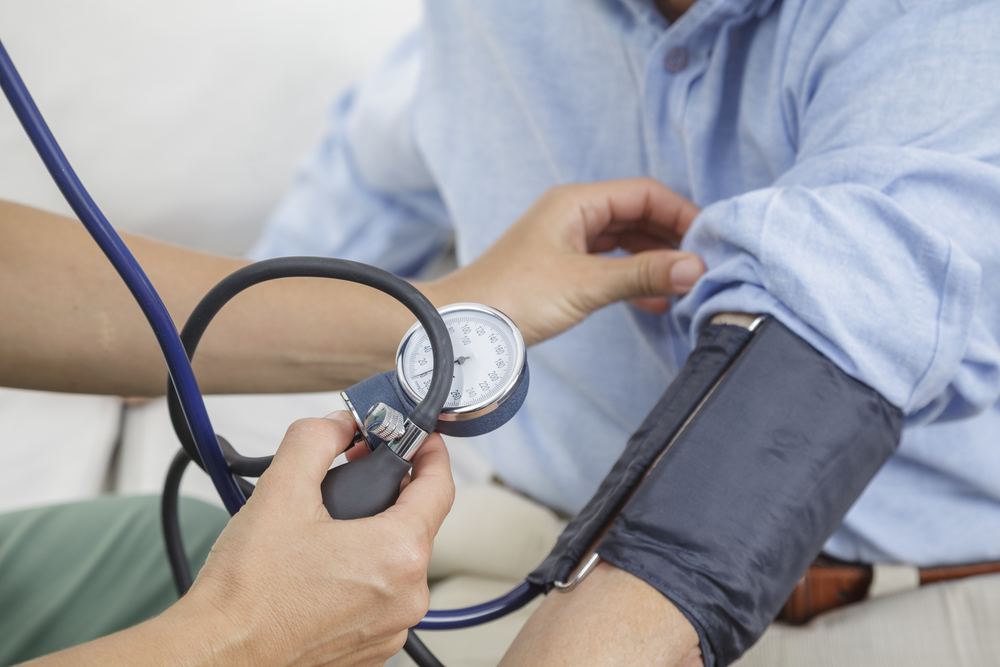“An ounce of prevention is worth a pound of cure.” That old adage is especially true when it comes to managing your health, because it’s better to prevent disease than to treat it. It’s less expensive, too.
Getting annual check-ups and regular screenings, staying up to date with immunizations and vaccines and leading a healthy lifestyle are all a part of prevention. Better preventive care in the U.S. could impact so many lives.
- Heart disease is the nation’s number one killer and most expensive disease. Yet, the National Heart, Lung and Blood Institute estimates that 80% of cardiovascular diseases, including heart disease and stroke, are preventable.
- The Centers for Disease Control and Prevention, lists cancer as the second leading cause of death in the country with more than 600,000 people dying from the disease each year. Many kinds of cancer &mdahs; including skin cancer and lung cancer — are preventable.
Four ways prevention makes a difference
1. Increased early detection
Many health problems can be avoided or effectively treated if they’re caught early enough with regular screenings like blood tests, mammograms and colonoscopies. One of the best places to start is with a regular physical with your doctor who can check your cholesterol levels and weight which impact your risk for heart disease and diabetes. Don’t forget the dentist. Beyond giving you a healthy smile, dentists can be the first to detect chronic disease like heart disease and diabetes.
2. Lower risk factors
There are controllable and uncontrollable risk factors when it comes to disease. Uncontrollable risk factors — like family history, age, gender and race — can’t be changed. But lifestyle-related choices can be changed and have a big effect on your health. What risk behaviors can you control?
- Alcohol use
- Blood pressure
- Blood sugar level
- Cholesterol
- Diet
- Smoking
- Stress
- Weight
Diabetes is a good example of how early detection and improving lifestyle choices can lower your risk for diabetes. About one in four U.S. adults has diabetes but doesn’t know it. A regular physical might catch increased blood sugar levels, a leading indicator of diabetes. Research also shows that lifestyle changes can help prevent or delay type 2 diabetes, even if you’re high risk. How? Losing a modest amount of weight, increasing exercise and improving your diet can help prevent the disease.
Before changing your diet or lifestyle, talk with your doctor about what’s right for you based on your health history and current condition.
3. Lower health care costs
Many people skip regular, preventive care because they don’t want to spend money on a doctor’s visit when they aren’t sick. According to a KFF study, about one quarter of adults delayed or skipped health care they need due to cost. Dental and vision care are the most commonly postponed medical services, followed by visiting the doctor’s office and mental health care.
What many people don’t realize is that getting routine medical care to catch problems early, is a fraction of the cost of living with a chronic condition, which often requires expensive prescription medication, equipment and frequent doctor visits. While insurance may cover many of these expenses, you may be responsible for copays and deductibles.
Out-of-pocket costs for living with type 2 diabetes including prescription copays, supplies and doctor’s visits average $1,500 a year according to a recent study. For people with cardiovascular disease who are covered by insurance, average annual out-of-pocket costs were over $2000. Costs for the uninsured are even higher.
4. Longer life
Preventive care not only adds years to your life but adds life to your years keeping you healthier and feeling better so you can enjoy activities, pastimes and more time with family and friends.
It’s never too late to try healthier habits that can extend your lifetime. A Johns Hokpins Medicine study followed 6,000 people ages 44-84 for seven years. Participants who made healthy lifestyle changes including getting regular exercise, stopping smoking and eating a Mediterranean-style diet decreased their risk of death during the study by 80%.
Mom's Meals® can help
Nutrition is key to good health and is a controllable risk factor when it comes to chronic disease. Enjoy better nutrition with convenient and delicious, ready-to-heat-and-eat meals delivered direct to your home.
Choose from nine condition-specific menus including diabetes-, heart- and renal-friendly options designed by registered dietitians and crafted by professional chefs in USDA-inspected kitchens.


.jpg)
